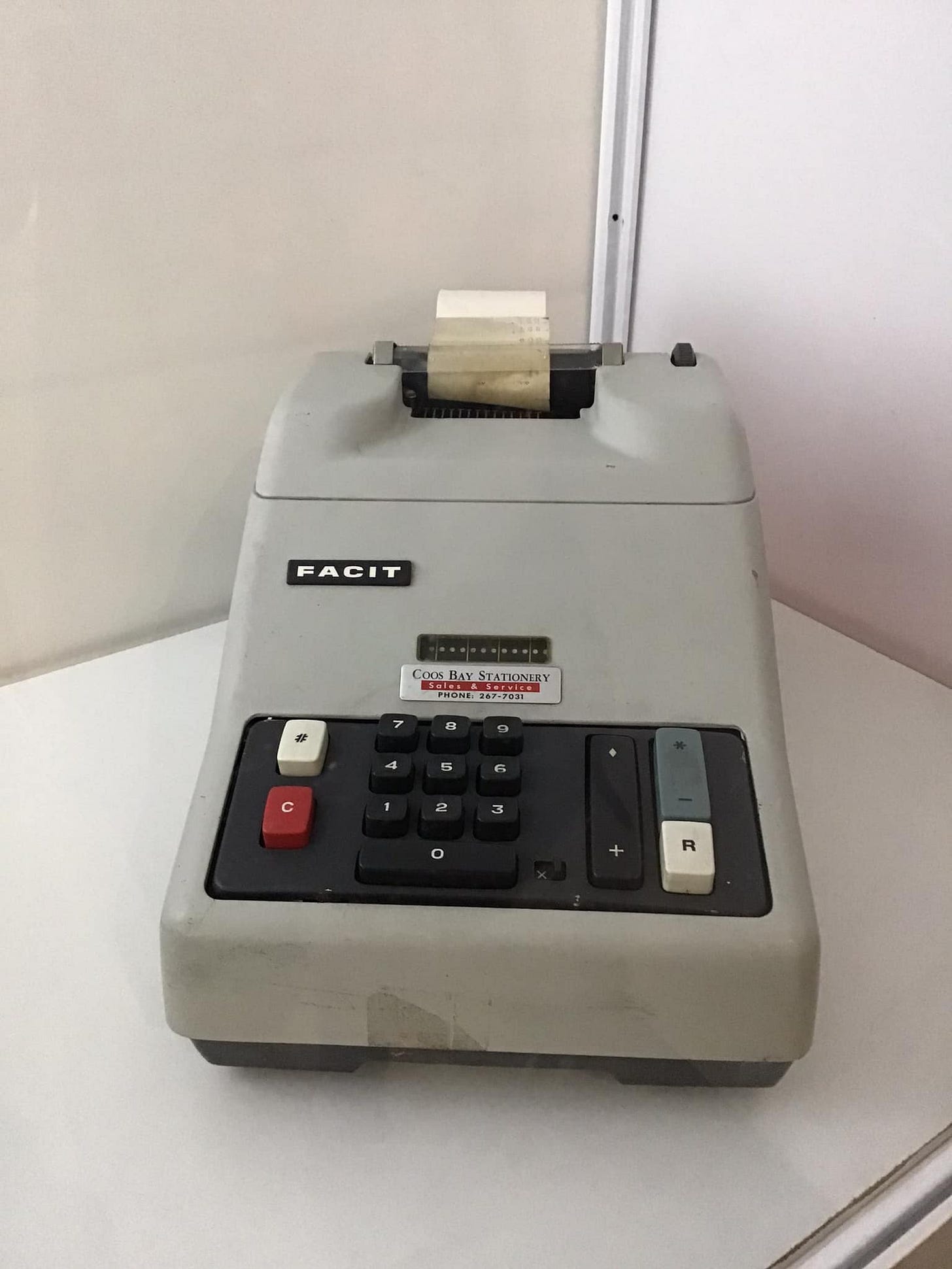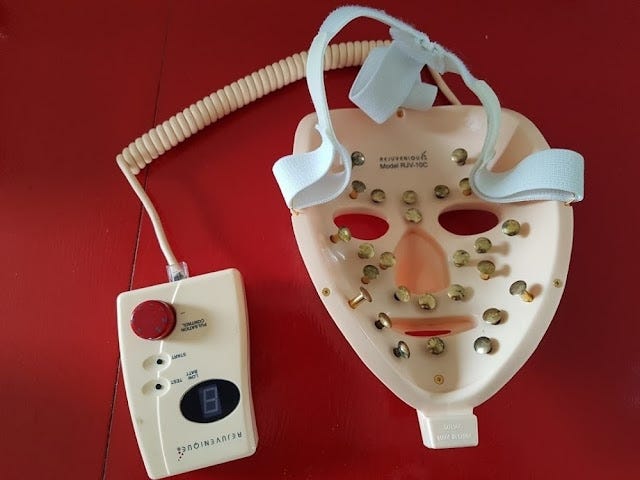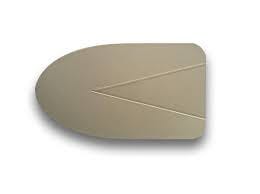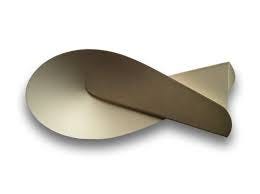I took a trip to Brooklyn to the Museum of Failure, a pop-up installation in Industry City. It’s a look at failed innovations, and some fun reminders of how much work it is to really make something succeed. It does well to remember how difficult it is to get everything to hit all targets.
Episode Links
The Museum of Failure
Facit Calculators
Facit (Facit AB) was an industrial corporation and manufacturer of office products including furniture. It was based in Åtvidaberg, Sweden, and founded in 1922 as AB Åtvidabergs Industrier. Facit AB, a manufacturer of mechanical calculators, was incorporated into the corporation the same year. In 1932, the first ten-digit calculator was manufactured by Åtvidaberg Industries, it was named FACIT and became a great success.
….
In 1965, 4,000 digital calculators were sold globally. The next year, the same figure had reached 25,000 and in 1967 they accounted for 15 percent of the market.
Facit sought to handle this disruptive threat by collaborating with the Japanese firm Hayakawa (Sharp).
….
In 1970, the company had reached its peak with more than 14,000 employees worldwide. In 1971, modern Japanese-made calculators started to seriously disrupt the industry, instantly making Facit's mechanical calculators obsolete. As a result, Facit went out of business virtually overnight. The general view on this failure is that Facit met its demise as a result of refusing to acknowledge the superiority of modern calculators, as well as an unwillingness to adapt and change accordingly, to meet the new demands from the market. Other reasons for this have been mentioned as well: for instance the inability to consolidate the R&D functions of acquired companies as well as limited R&D resources due to the relatively small size of Facit compared to its American counterparts. In Swedish business theory, this is called "the Facit trap" (Swedish: Facitfällan), inability to follow a technology shift, even if skill and money is available. Also in the mid 1970s Facit's designs were cloned in products such as the VK-2 in Soviet Union.
Rejuvenique
The box:
The back of the mask:
Trabant
Trabant is a series of small cars produced from 1957 until 1991 by former East German car manufacturer VEB Sachsenring Automobilwerke Zwickau. Four models were made: the Trabant 500, Trabant 600, Trabant 601, and the Trabant 1.1. The first model, the 500, was a modern car when it was introduced. It featured a duroplast body on a one-piece steel chassis (a so-called unibody), front-wheel drive, a transverse two-stroke engine, and independent suspension. Because this 1950s design remained largely unchanged until the introduction of the last model, the Trabant 1.1 in 1990, the Trabant became symbolic of the former East Germany's stagnant economy and the collapse of the Eastern Bloc in general.[3] Called "a spark plug with a roof", 3,096,999 Trabants were produced.[4] Older models have been sought by collectors in the United States due to their low cost and fewer restrictions on the importation of antique cars. The Trabant also gained a following among car tuning and rally racing enthusiasts.























Share this post